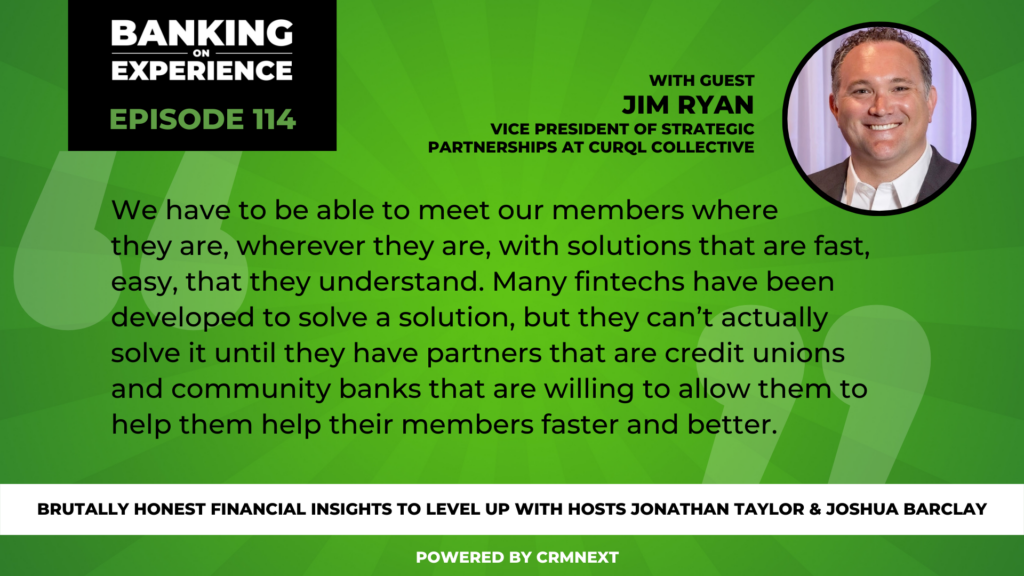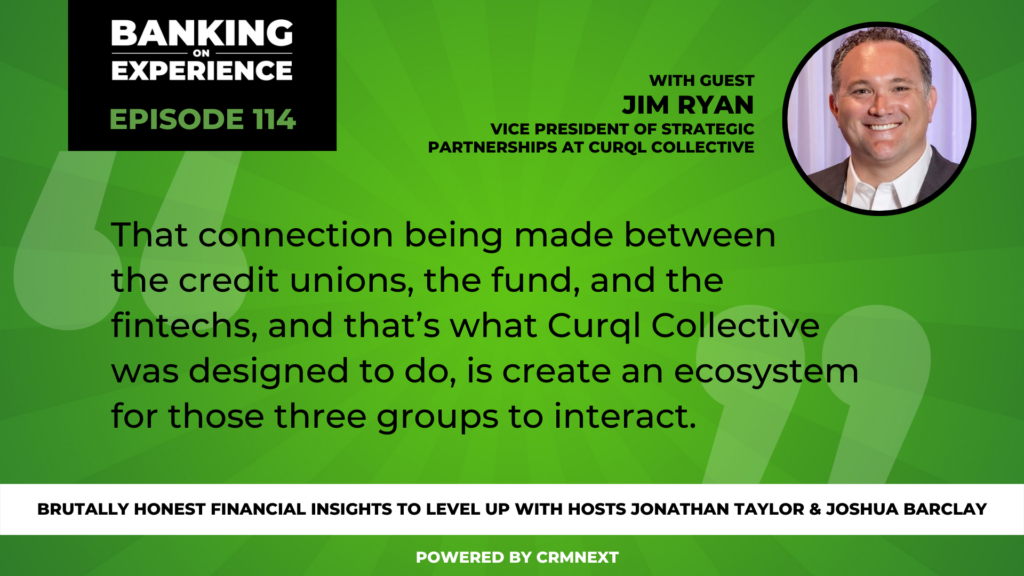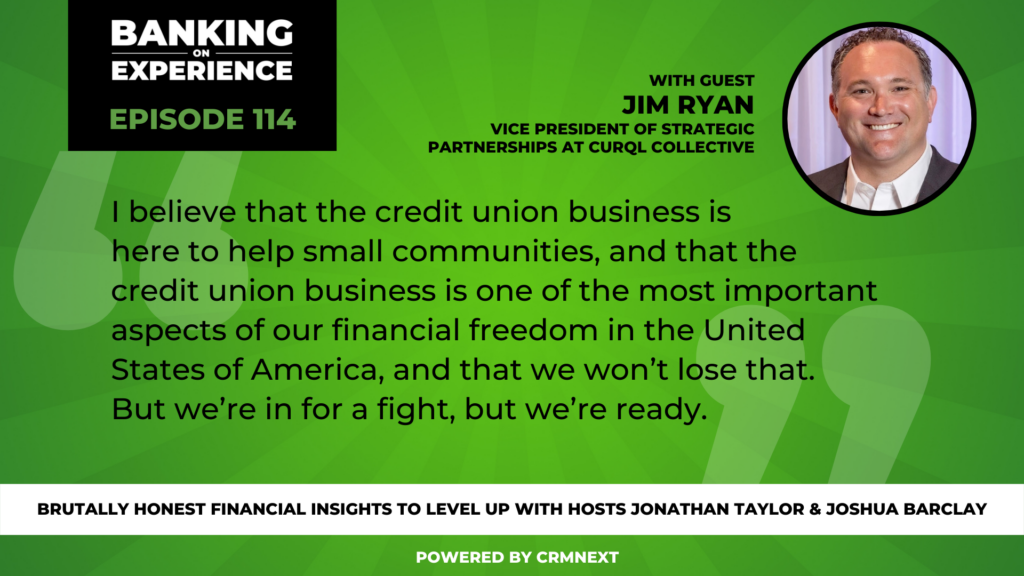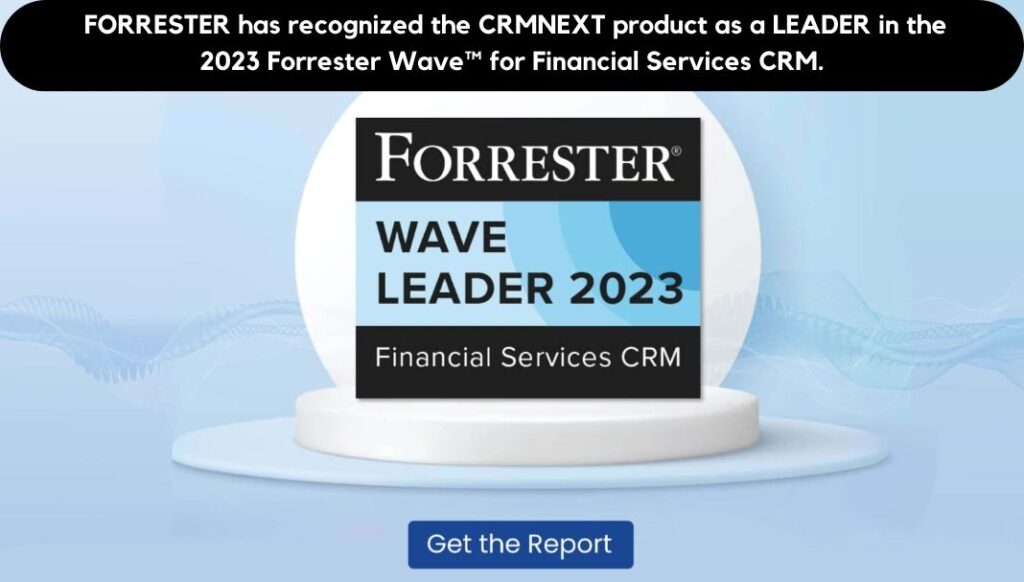Credit unions and fintechs don’t always get along. But the right fintech can be essential for credit unions hoping to expand their services and find more flexibility. With so many fintech solutions out there, it can be tough to find the right one.
Jim Ryan, the VP of Strategic Partnerships at Curql Collective spoke with the Banking on Experience team on the issue.
Jim Ryan is credit union royalty.
He literally has credit unions running in his veins. His dad was part of the Indiana Credit Union League, and he got into the business himself while in college, working as a teller. Today, he is the Vice President of Strategic Partnerships at Curql Collective, working to tell their story to credit unions and CUSOs.
Using technology to serve members
The COVID-19 pandemic provided a tremendous opportunity for credit unions to refine how they serve their members. Part of this was just simple communication, reaching out to members to make sure they were okay during uncertain times. But technology was the backbone. This involved everything from using RSA keys for remote workstations, to integrating lead generation and CRM systems. While every credit union assuredly met the challenges of the pandemic with grit, technology was often the foundation.
Figuring out fintech
When they first entered the industry, many fintech organizations were identified as a threat, especially by credit unions. But in reality, these companies were focused on bringing technology to the financial sector.
Technology isn’t anything new in the space. Think about the longstanding fixtures we all take for granted. At one time, what we might see as mundane and ordinary were groundbreaking and industry-shattering. Fintechs offer those breakthroughs today.
Creating a fintech ecosystem
These individual companies want to get to market quickly. They do this by focusing on solving a single problem in the financial sector. The issue is, when focusing on solving a complex but singular issue, fintech solutions often need a marketplace to plug in those solutions. Many of them are finding credit unions to be that marketplace. This provides a way to get a substantial audience of users, further proving an idea as a solution. Curql Collective helps directly fill this gap, providing a clear ecosystem of fintech providers that can help credit unions solve specific problems.
The struggle for clarity
The nature of credit unions often means they can suffer from a lack of role clarity. This is particularly acute for smaller credit unions, where the business development officer might wear several department hats.
As credit unions get larger, it becomes more feasible to assign increased role clarity. This can allow credit unions to operate more like a fintech. With greater clarity, it becomes easier for the credit union to focus on larger objectives, rather than the constant struggle to meet everyday obligations.
Meeting credit unions where they are
Once credit unions get over the idea of a fintech as an external threat, the offerings out there can still be overwhelming. Organizations that want to modernize don’t always have the resources for a complete overhaul. This can lead to innovation paralysis. That’s why it’s essential for fintechs to meet credit unions where they are. Ultimately this can allow credit unions to quickly provide new solutions that members want, while still keeping continuity with existing operations. This doesn’t mean all fintechs are great for all credit unions. But by more clearly understanding the fintech ecosystem, credit unions can find the best solutions.

Listen to the full episode here.
CRMNEXT has the answers you want
Discover the right CRM for your credit union with a free demo. You’ll quickly discover that CRMNEXT puts an end to sticky notes, ALT-Tabs, and lost productivity. You’ll love it, and so will your members (even if they don’t know why). Visit crmnext.us today.






